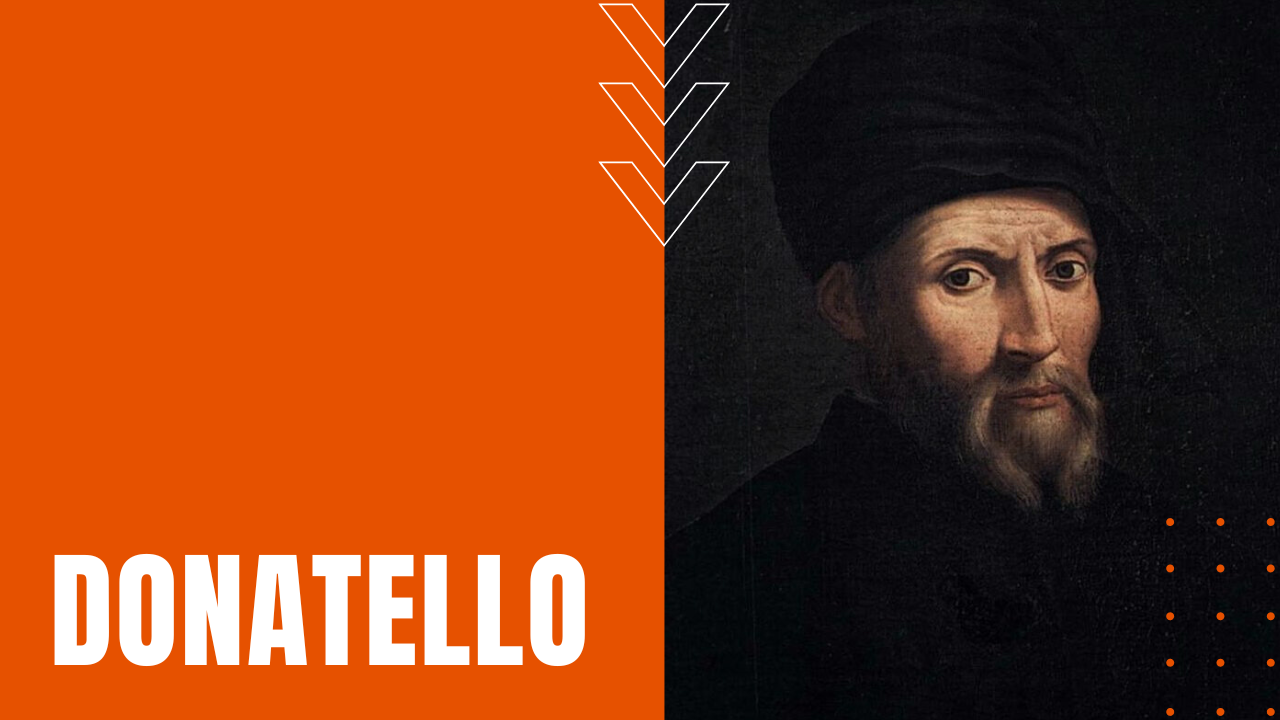Donatello

Born in 1386 Florence Italy, Donato di Niccolo di Betto Bardi was nicknamed Donatello by his friends and family, before studying at the home of a wealthy Florentine banking family named Martelli, a patron of the arts closely allied with the Medici family. Apprenticing with sculptor Lorenzo Ghiberti beginning in 1403, the duo beat out rival artist Filippo Brunelleschi to build the bronze doors for the Baptistery of the Duomo Cathedral, later befriending Brunelleschi, where the two excavated ancient ruins in Rome to study Gothic art—an experience that would find its way into much of Donatello’s early sculptures, such as his to-scale rendition of biblical David.
His Art Matures
Donatello’s maturity as a sculptor exploded between 1411 and 1415, when he rejected the rather soul-less renditions of the Gothic period, instead embracing figures of great dramatic and emotional impact, including a marble figure of St. Mark for the Orsanmichele Church, followed by a seated sculpture of St. John the Evangelist for the Duomo in Florence—both works reflecting the new science of perspective, which allowed sculptors to work in three dimensional space rather than on one dimensional flat backgrounds.
Famous in his Lifetime
Even in his lifetime, Donatello’s work became famous for his ability to accurately portray suffering, joy and sorrow in the faces and body positions of his subjects. After producing several sculptural tombs in Rome with Italian sculptor and architect Michelozzo, Donatello developed a lucrative relationship with Cosimo de’ Medici, who commissioned the sculptor to produce a second statue of David, which would become one of his most famously-lauded works. He then traveled to Padua to produce a sculpture of famed mercenary Erasmo da Narni called Gattamelata, which soon became the progenitor for European equestrian monuments for several centuries to come.
Medicis Fund his Retirement
Returning to Florence, Donatello completed the Penitent Magdalene of a gaunt-looking Mary Magdalene—an homage, of sorts, to the repentant prostitutes at the Santa Maria di Cestello convent, before retiring after the Medici family funded the remainder of his life. He passed away on December 13th, 1466 of unknown causes, making the life and works of Donatello, a groundbreaking innovator during the Italian Renaissance.
